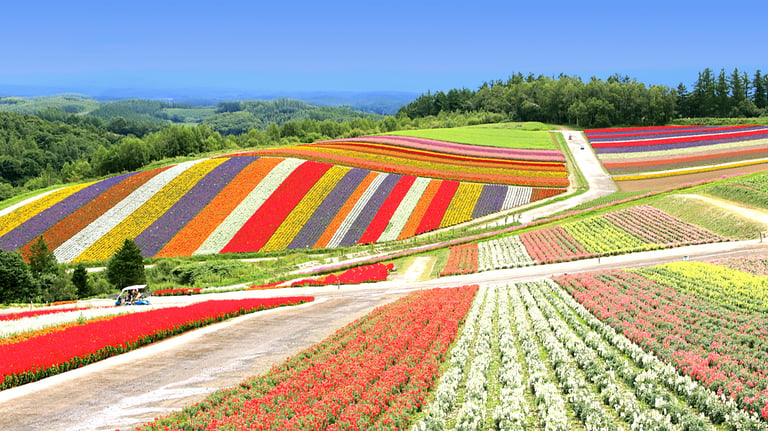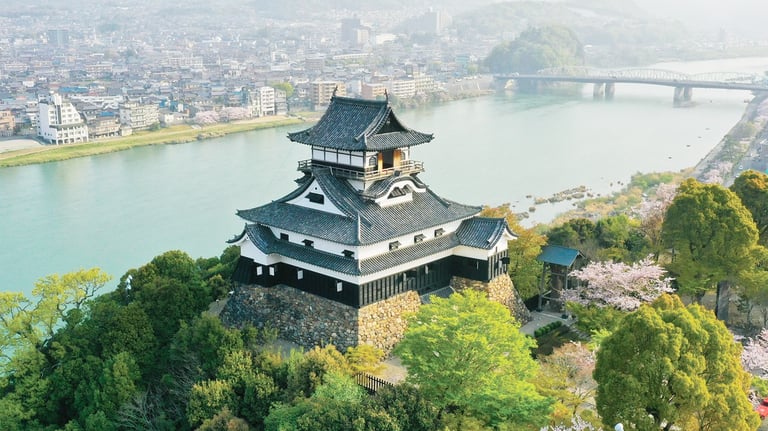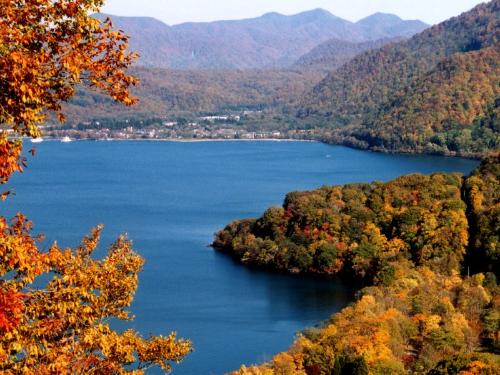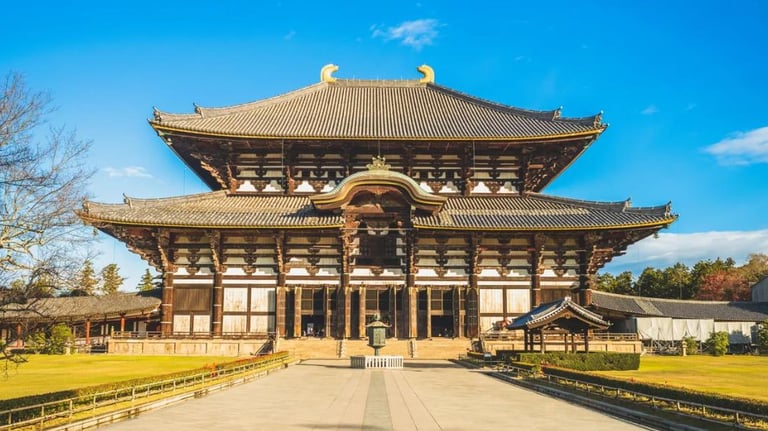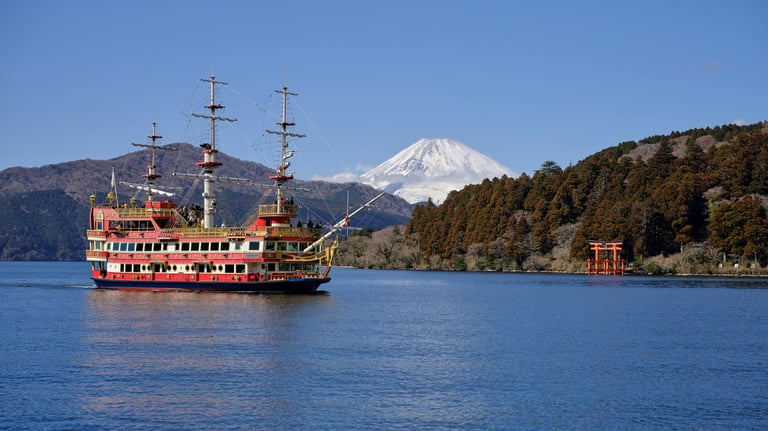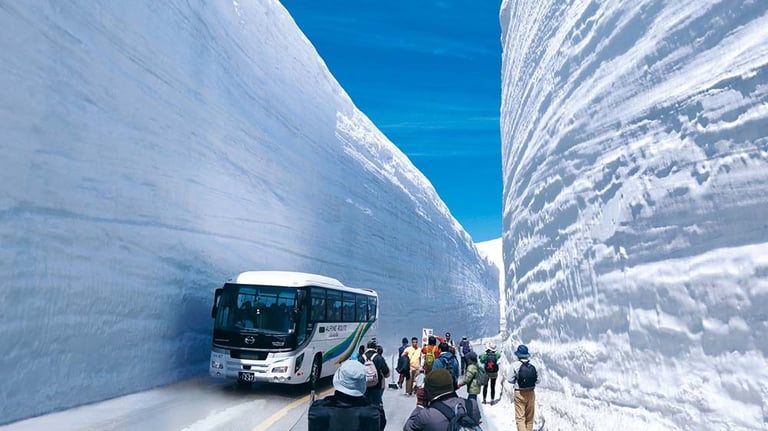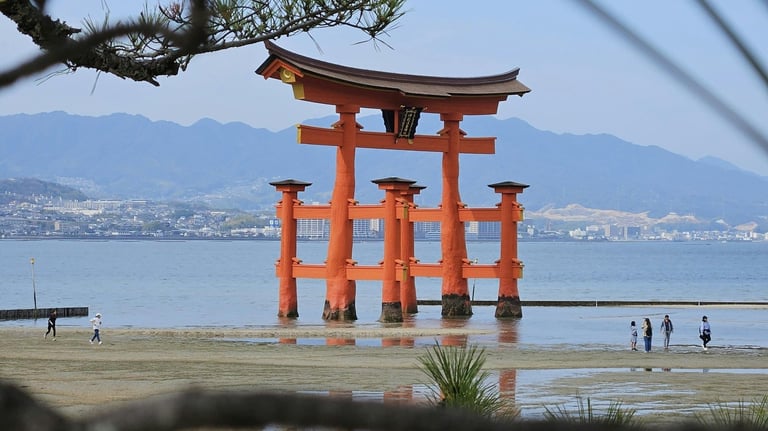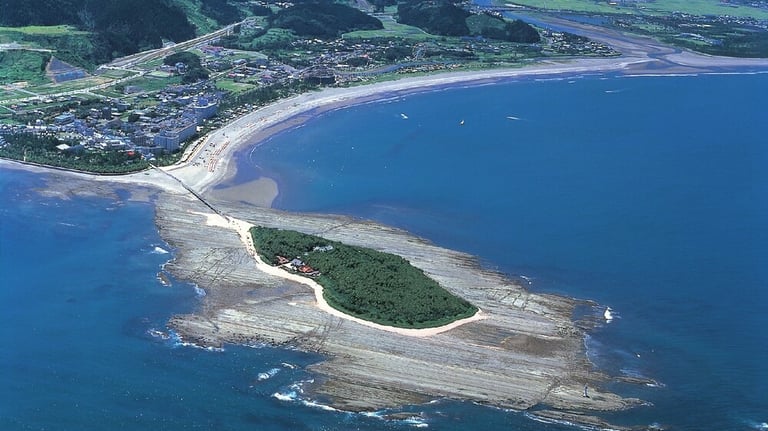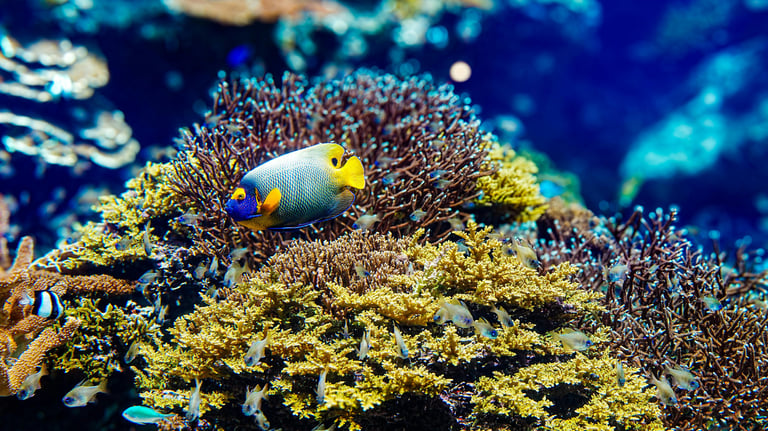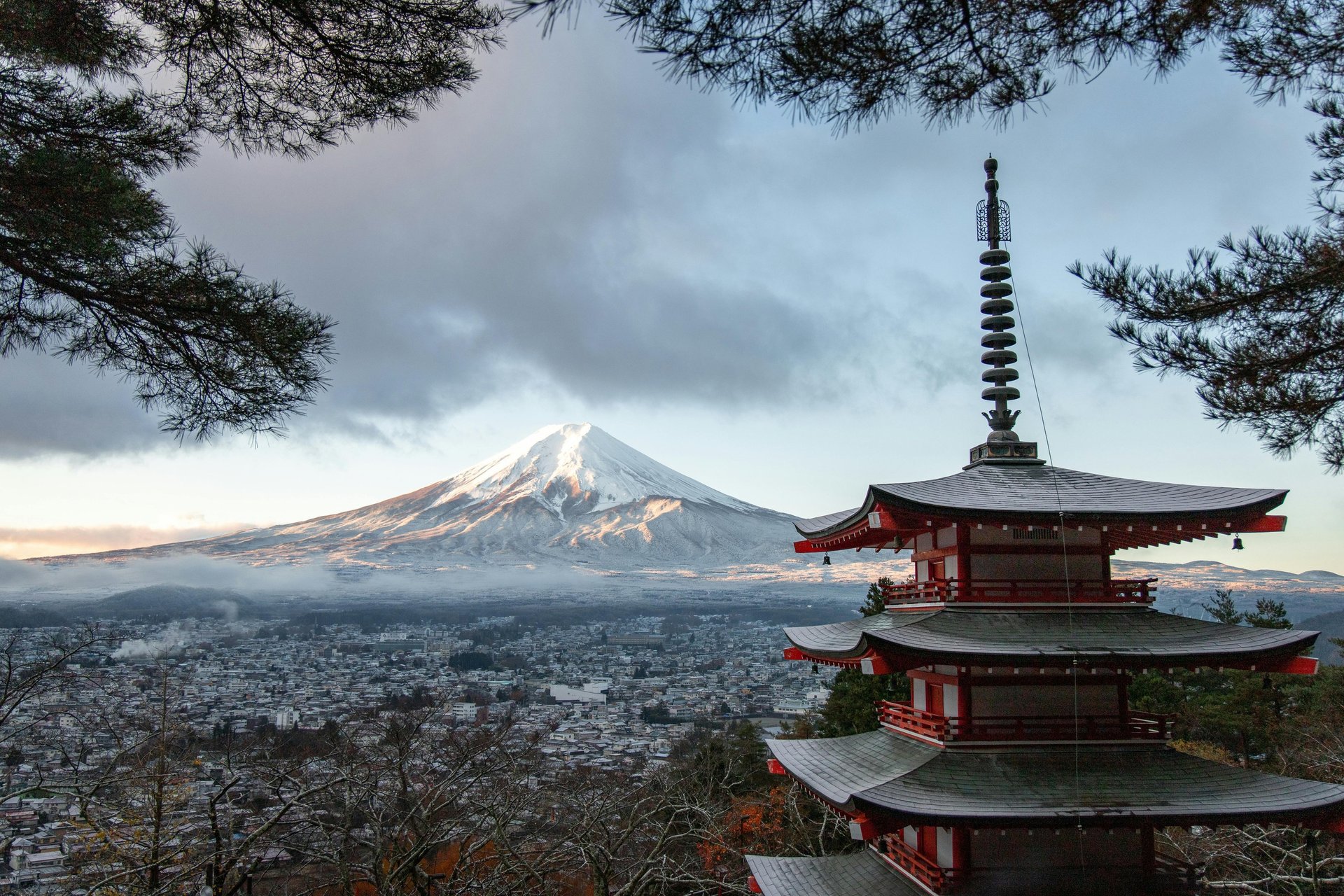
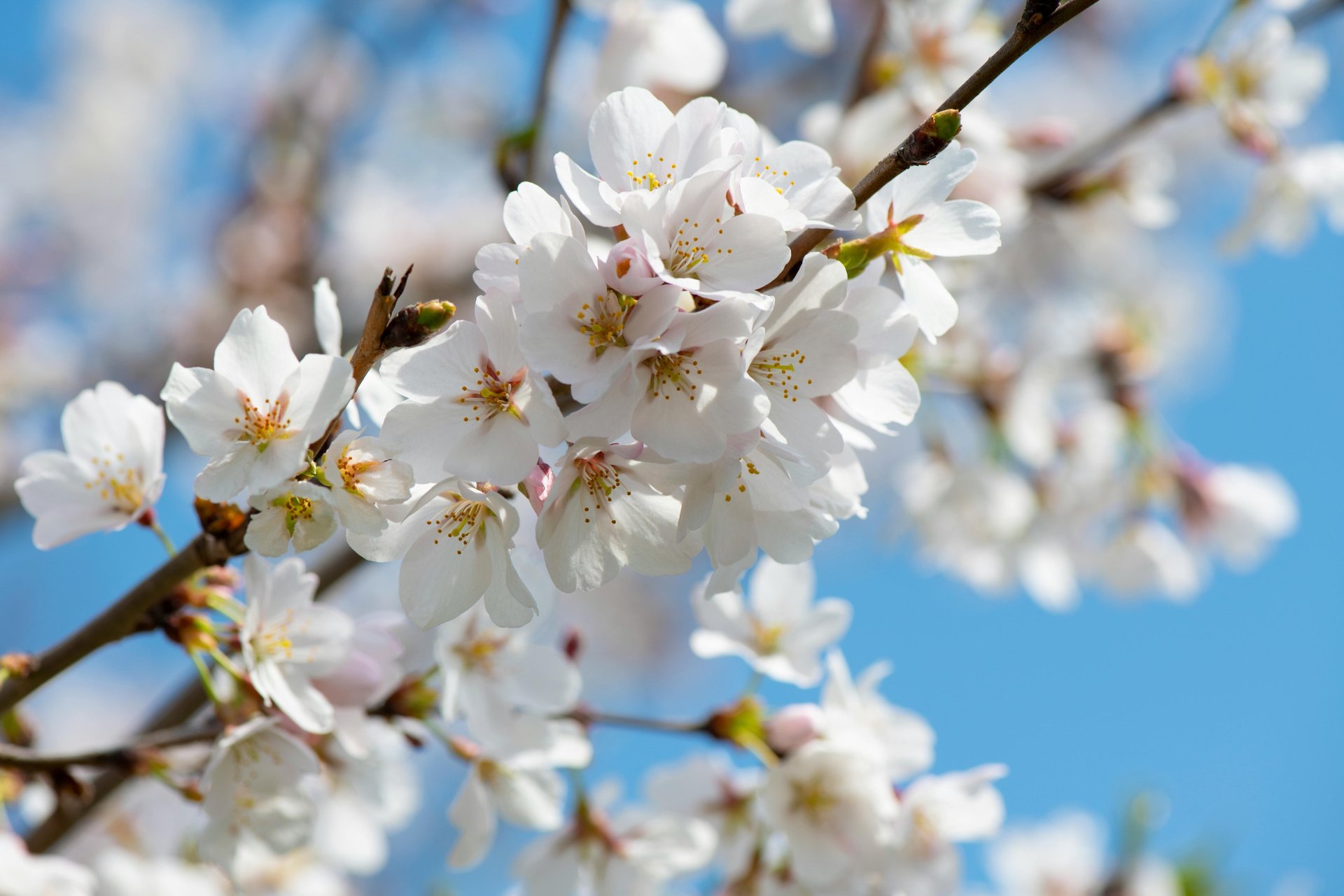
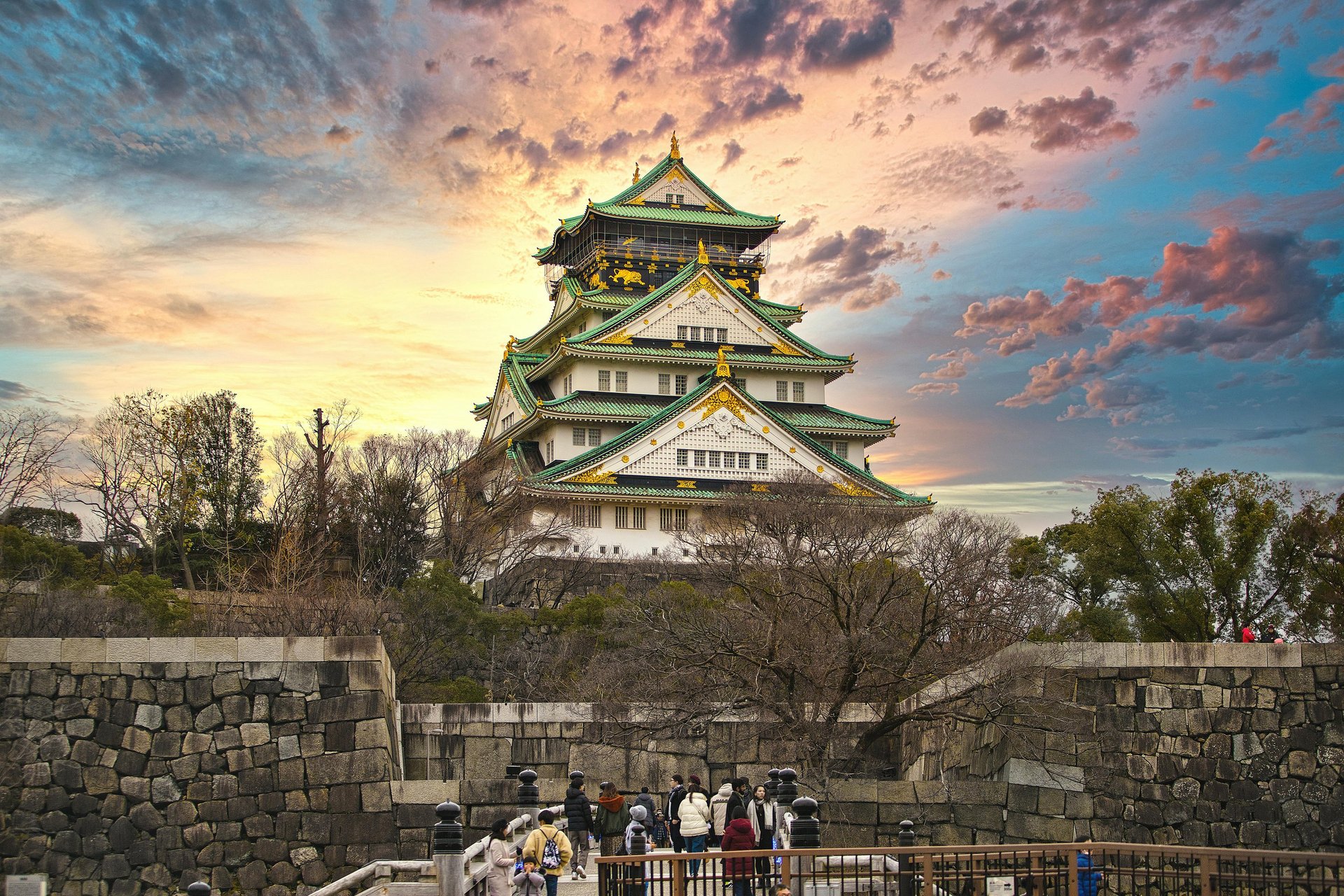
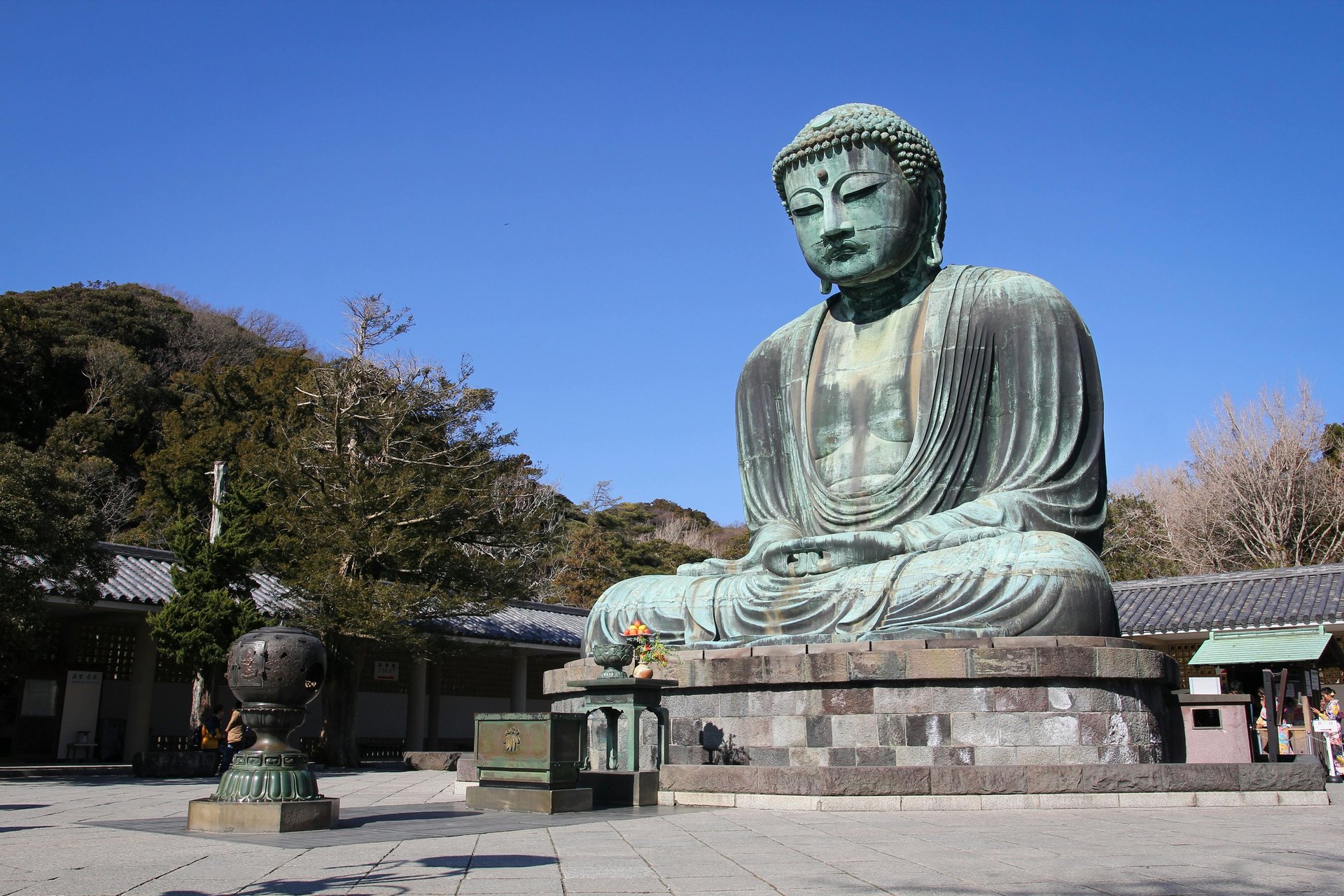
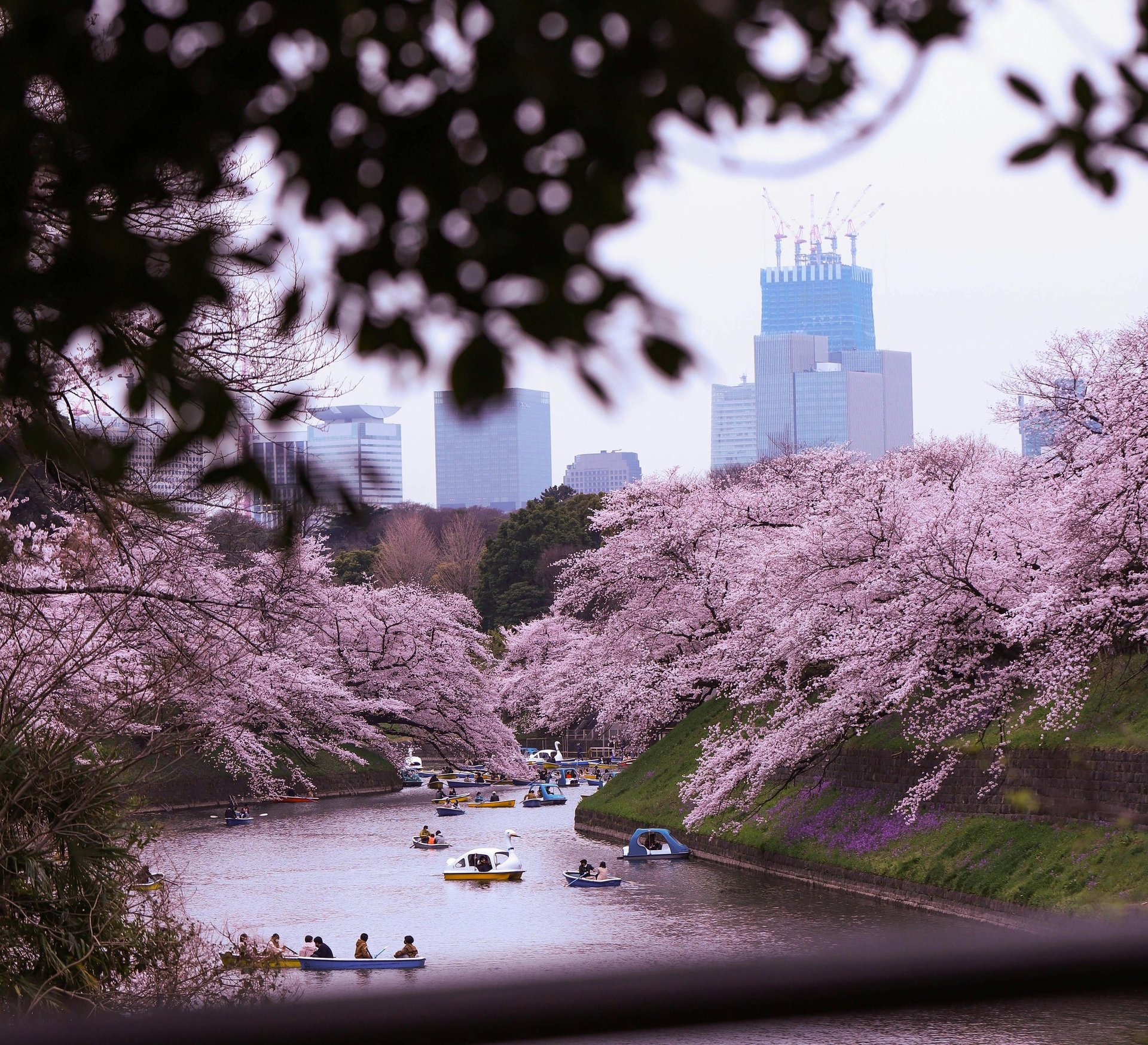
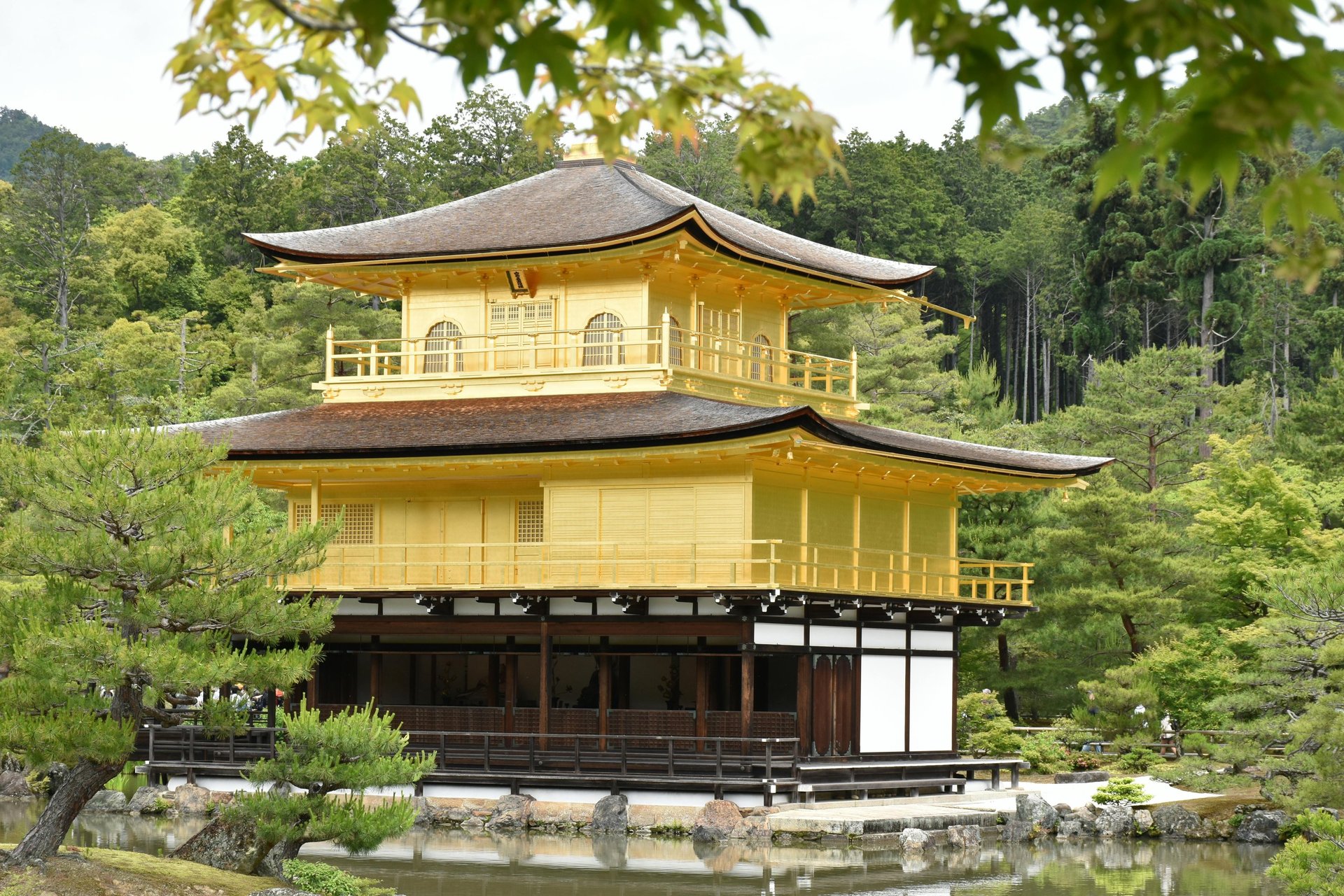
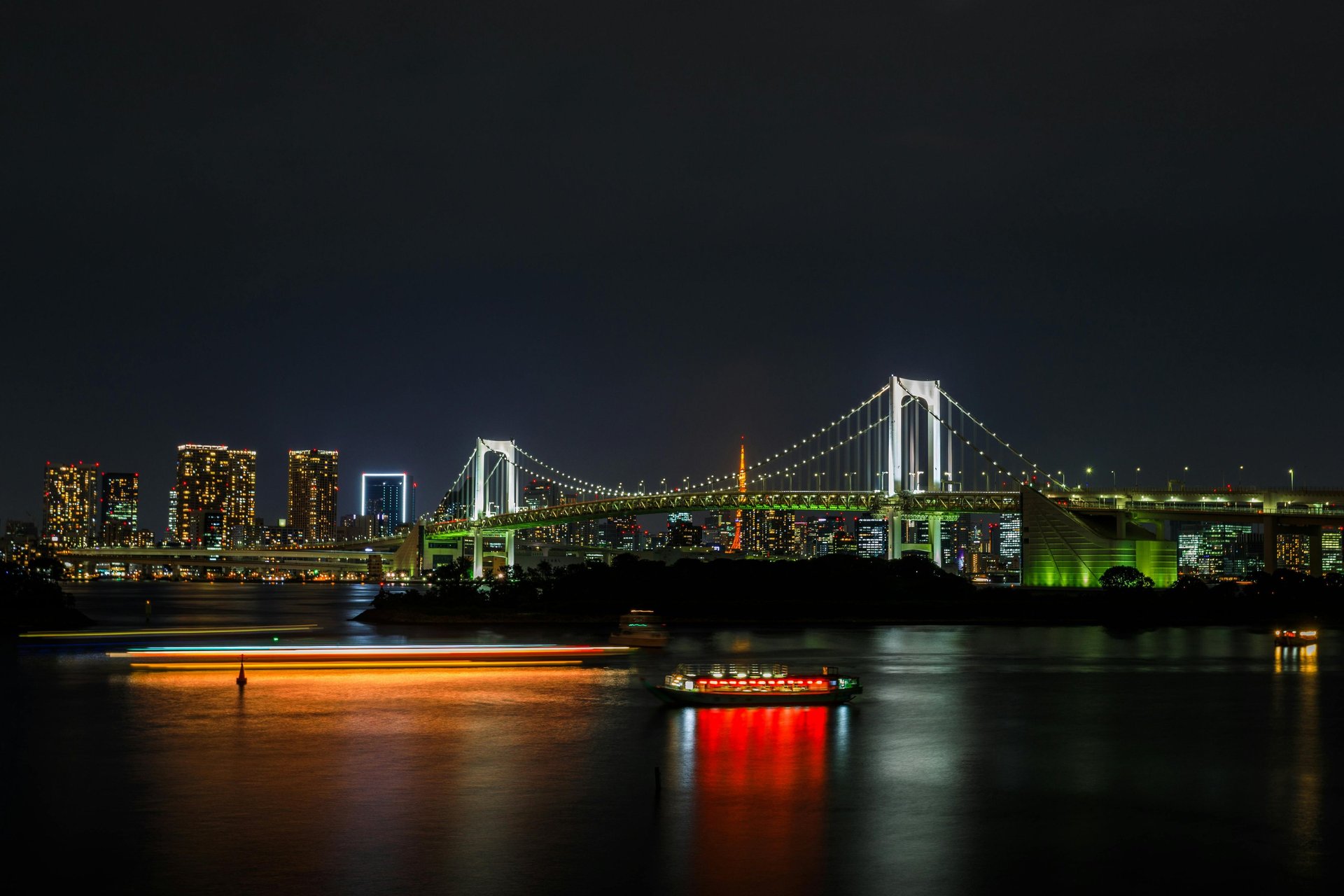
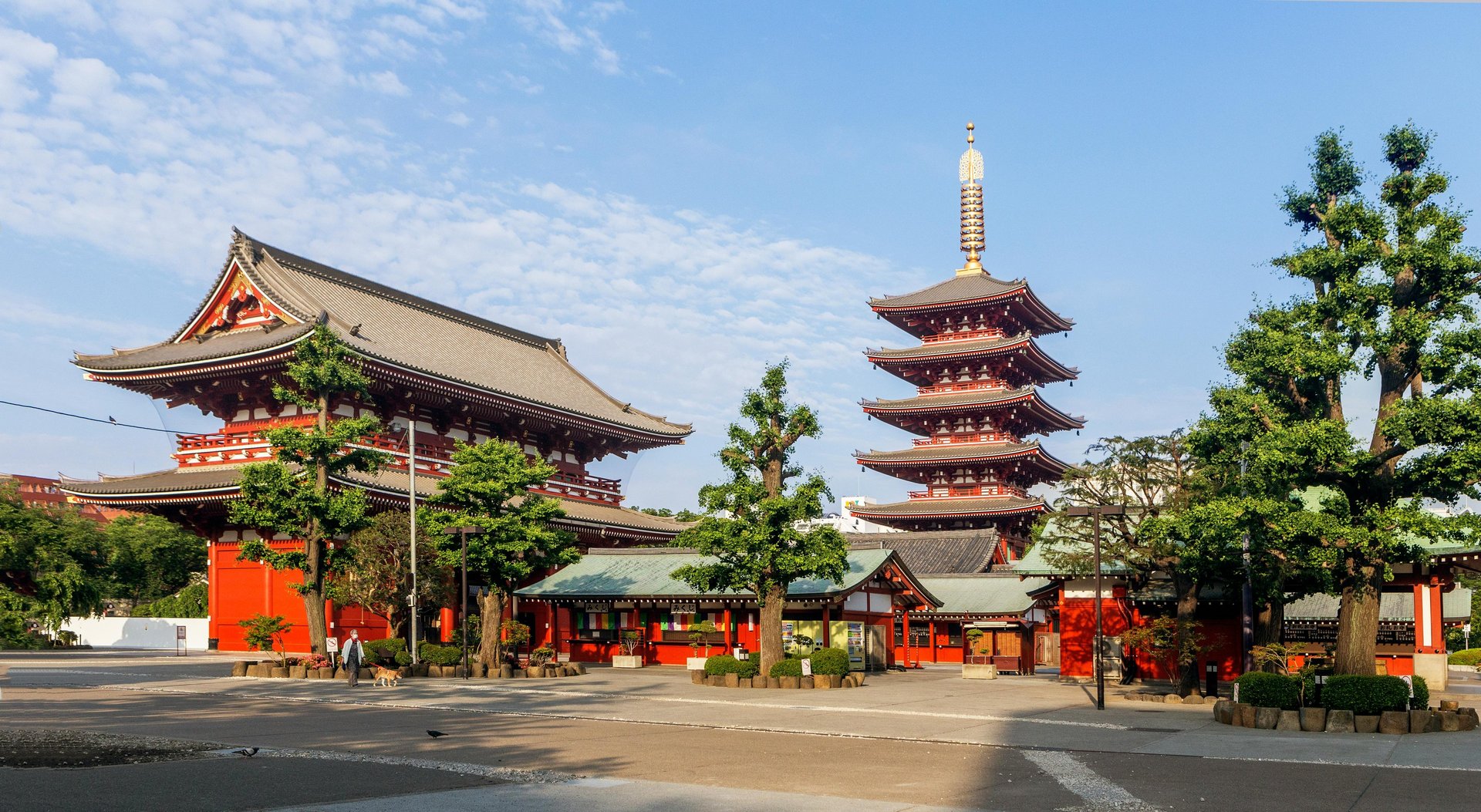
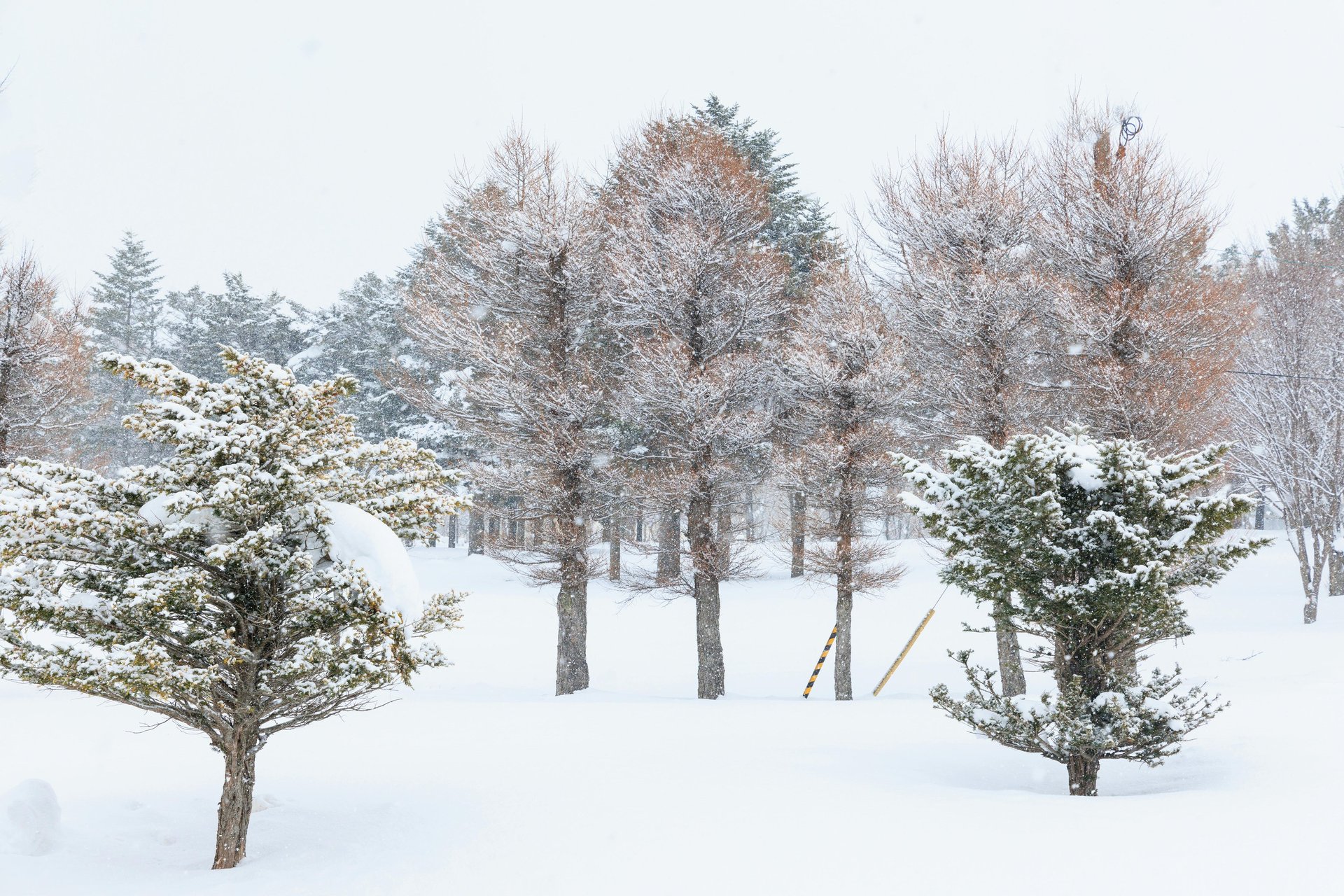
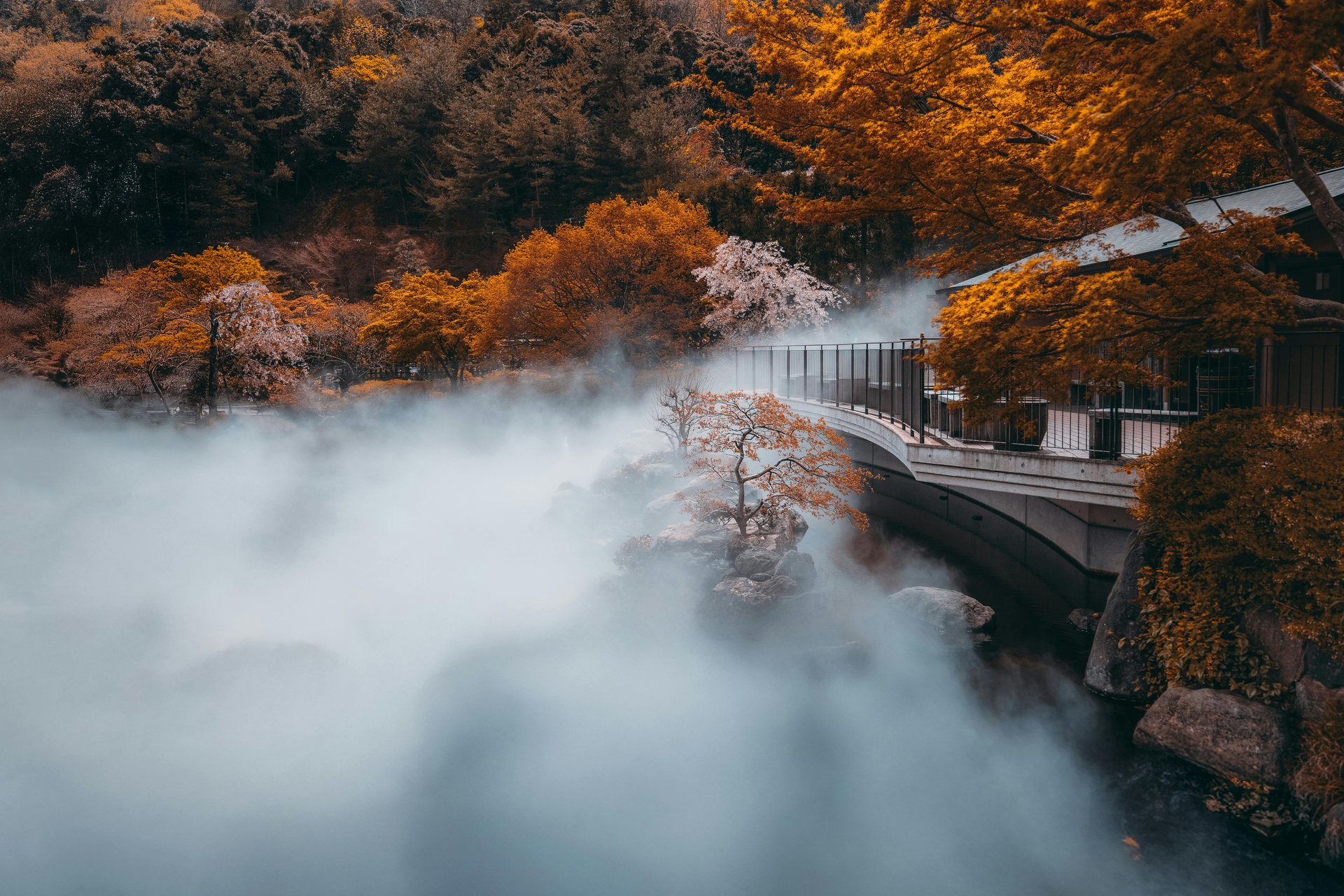
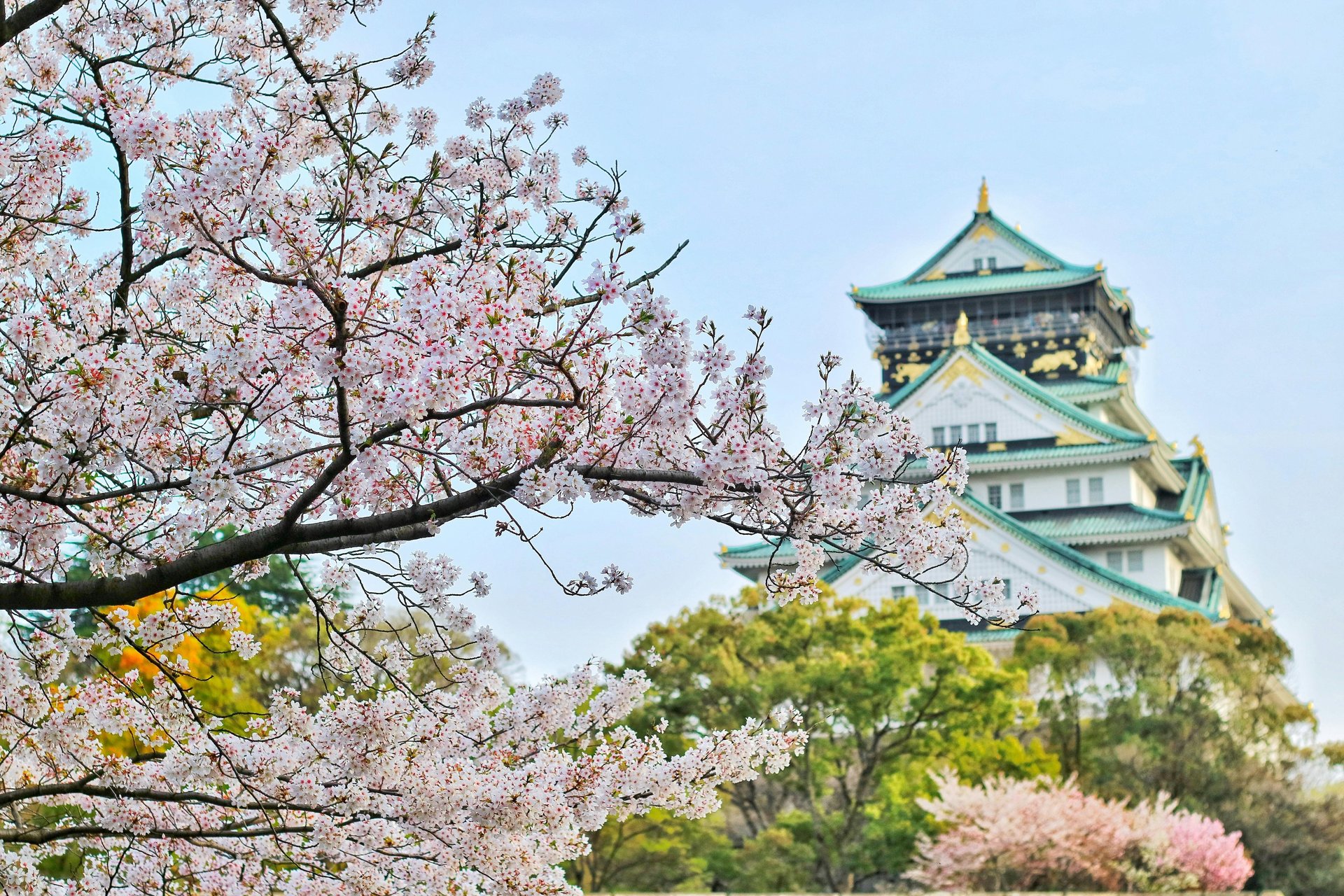
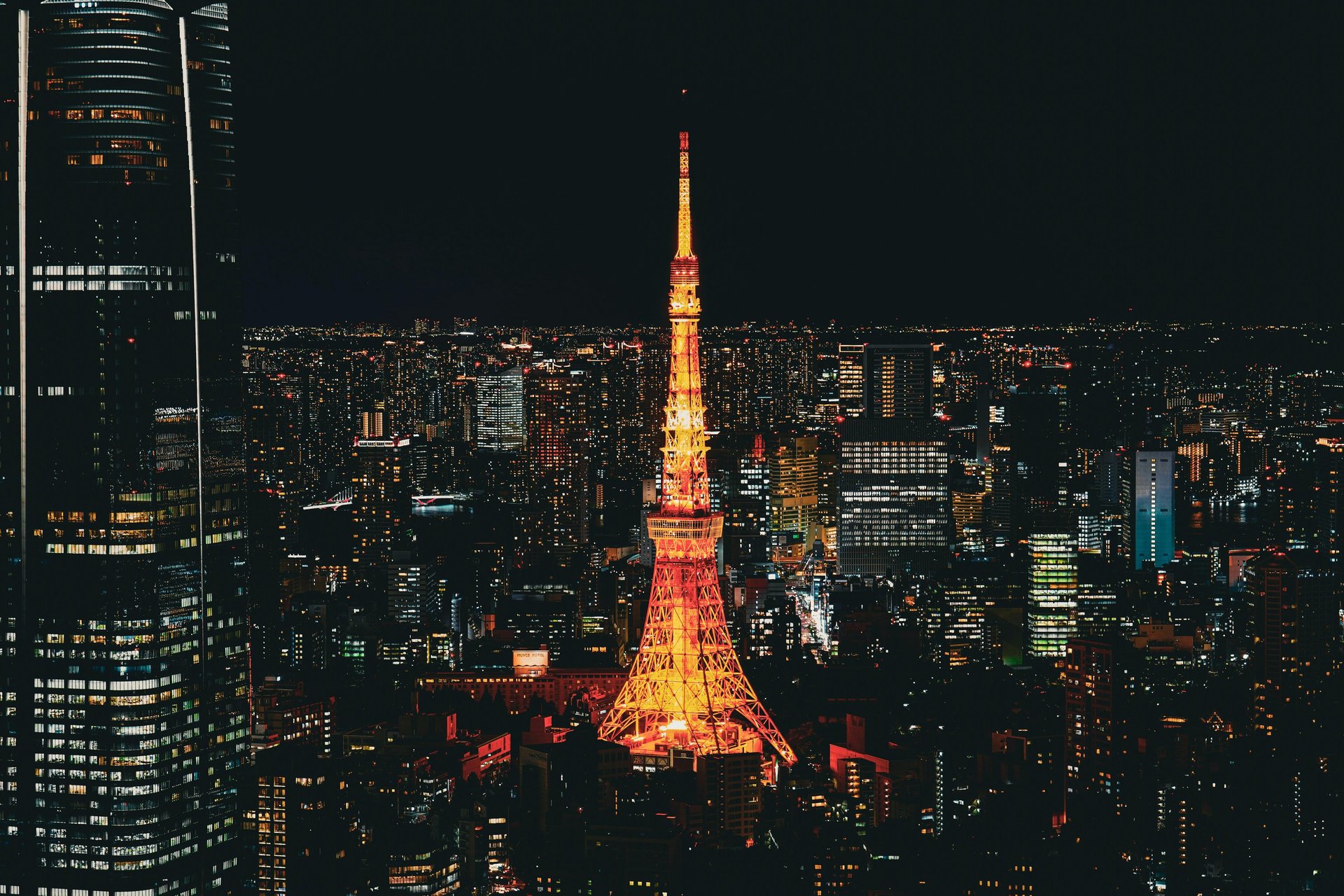
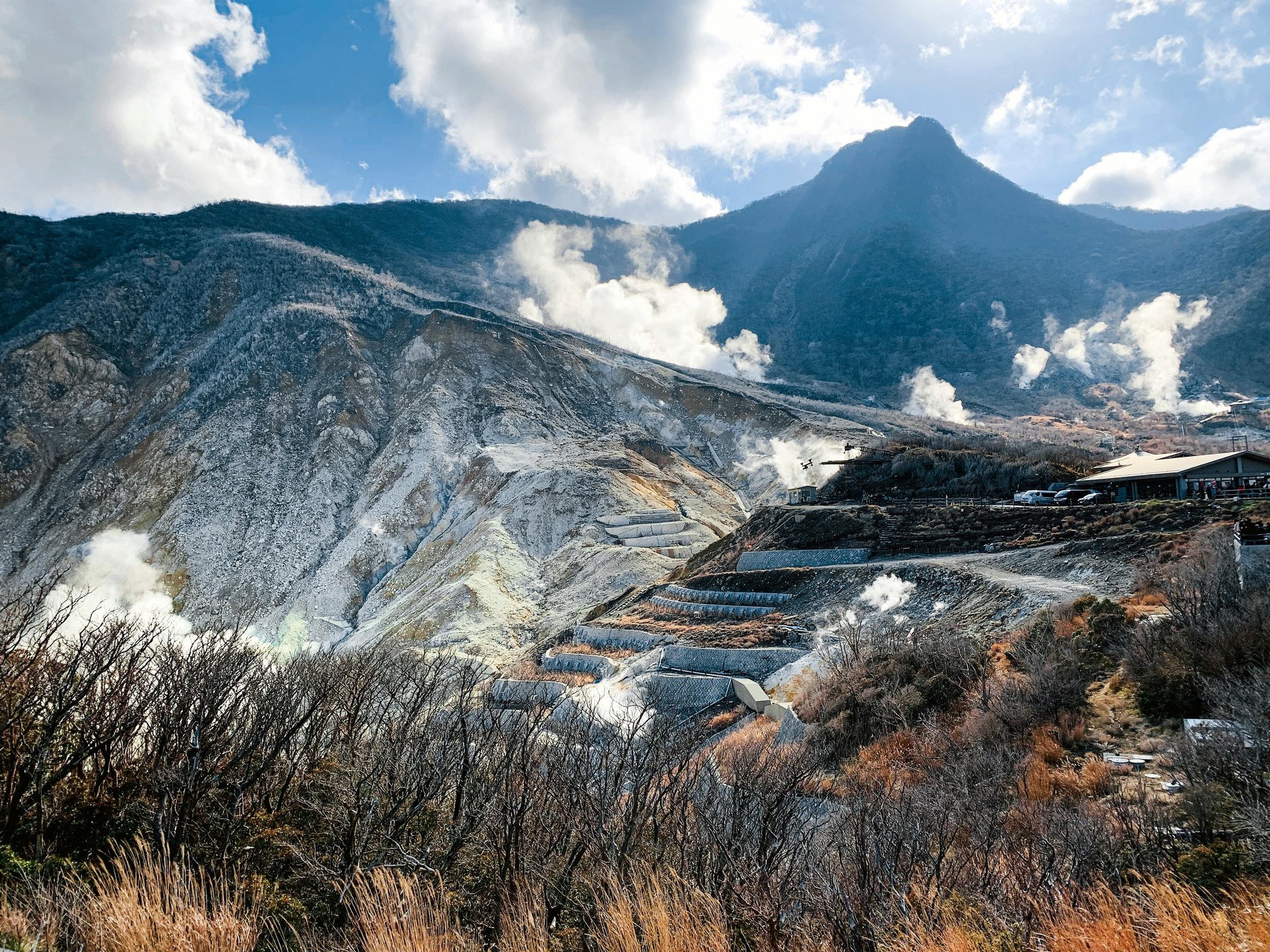
Cities where tradition and innovation coexist in harmony, natural beauty in every season, and world-renowned hospitality will take you on a special journey. Japan has many different faces, from the vast nature of Hokkaido to the tropical resorts of Okinawa. From the hustle and bustle of the city to the tranquility of nature. Japan is a safe and comfortable country that offers a wide range of experiences. We aim to provide the best experience for all travelers visiting Japan. Through interactions with local people and cultural experiences, we deliver a trip that you will never forget. This page introduces the attractions and experiences of each region. Find a destination which will create memories that will last a lifetime.


Welcome to Japan!
Seasons in Japan
The attractions of tourist destinations vary greatly depending on the time of year you visit Japan, and what you can experience depends on which season you visit. Below is a detailed description of the attractions of Japan's tourist attractions by season.
Tour of Cherry Blossom Viewing Spots
Cherry blossoms, a symbol of spring, can be seen throughout Japan. Particularly famous spots such as Ueno Park in Tokyo and the Philosopher's Path in Kyoto. Hanami" under the cherry blossoms is a traditional Japanese cultural experience.
Mild Climate
Spring has pleasant temperatures, making outdoor sightseeing comfortable. For example, hiking around Mt. Fuji or interacting with deer in Nara Park are recommended.
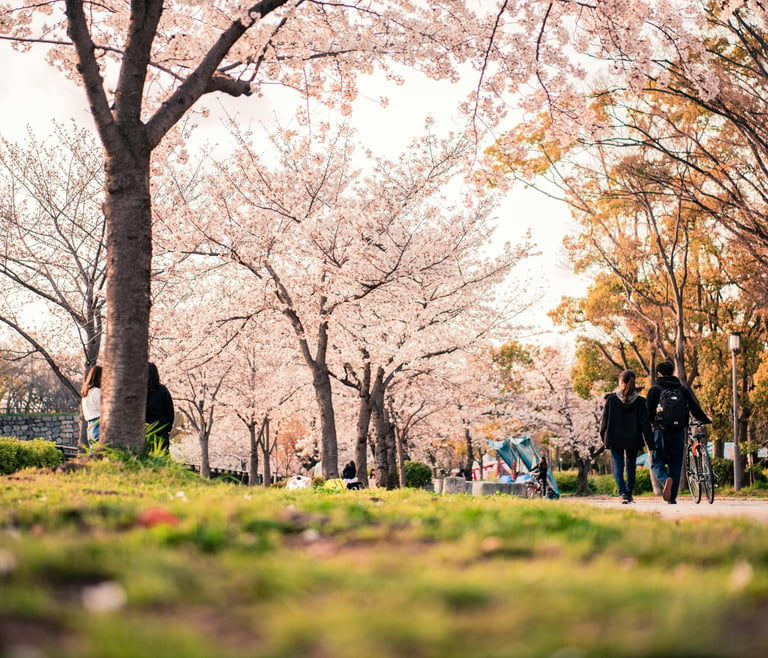

Spring (March to May): Cherry blossoms and new beginnings
Fireworks Festivals
Fireworks festivals are held throughout Japan in the summer, and visitors can enjoy the beautiful fireworks that color the night sky. The Sumida River Fireworks Festival (Tokyo) and the Nagaoka Festival Fireworks Festival (Niigata) are particularly popular.
Relaxing in a Summer Resort
To avoid the hot summer heat, summer retreats such as Hokkaido and Karuizawa are popular. Visitors can enjoy nature in cooler climates.
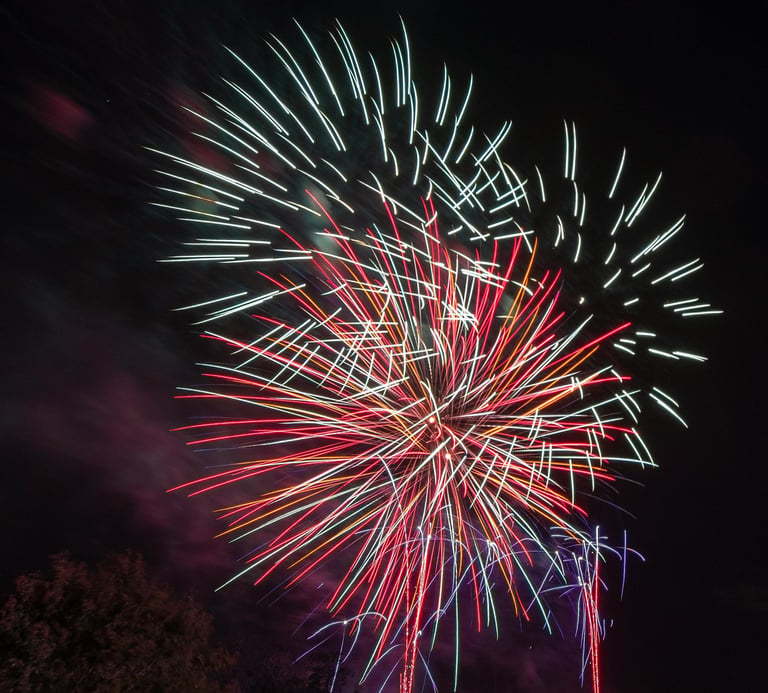

Summer (June to August): Festivals and natural energy
Autumn Leaf Viewing
Autumn is the season for autumn leaves, and spots such as Kiyomizu Temple in Kyoto, Nikko Toshogu Shrine, and Shirakawa-go are especially beautiful. The scenery surrounded by colorful trees will provide you with memories that will last a lifetime.
Food Festivals
Autumn is also the season of harvest, and visitors can enjoy seasonal foods such as matsutake mushrooms and saury. Harvest festivals and thanksgiving celebrations are also held in many places.
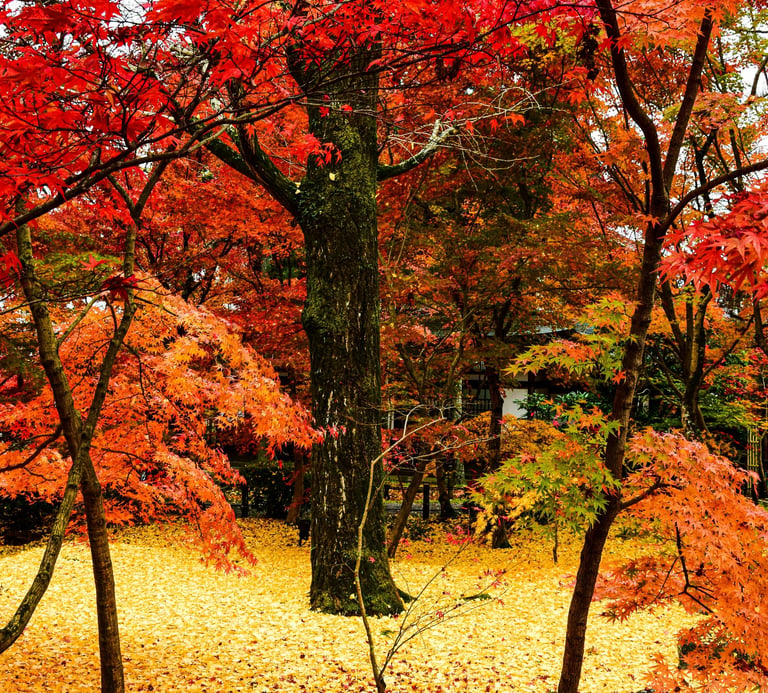

Autumn (September to November): Season of changing leaves and harvest
Snowy scenery and winter sports
At ski resorts in Hokkaido and Nagano Prefecture, you can enjoy beautiful snowy scenery and winter sports. The Sapporo Snow Festival is a major winter event.
Hot spring tours
In the cold season, we recommend warming up your body at hot springs in Hakone, Kusatsu, Beppu, and other hot springs. The open-air baths surrounded by snowy scenery are especially special.
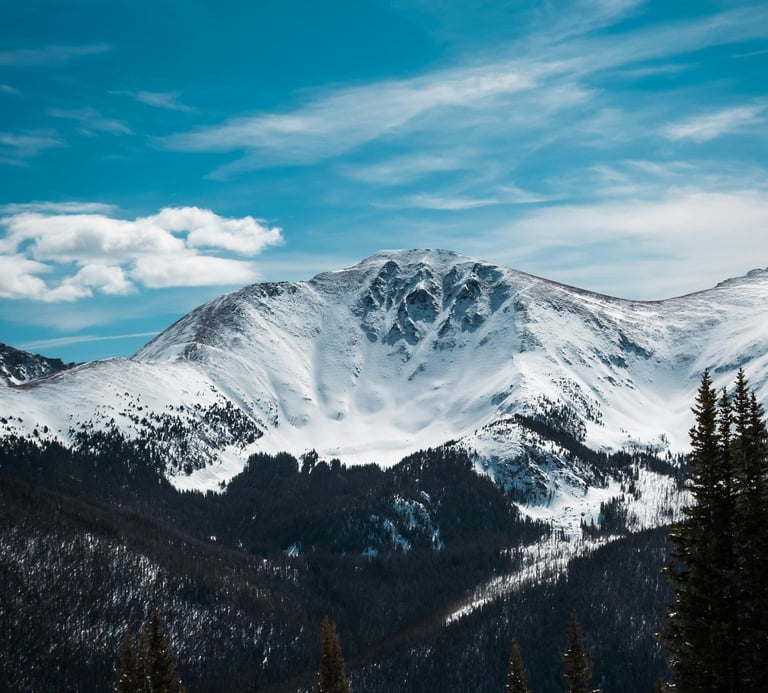

Winter (December to February): A paradise of snow and hot springs
Tokyo and Osaka
Cities like Tokyo and Osaka are great places to enjoy regardless of the season. Shibuya's Scramble Crossing and Osaka's Dotonbori are bustling all year round.
Theme Parks
Tokyo Disney Resort and Universal Studios Japan are popular with families and couples in any season.
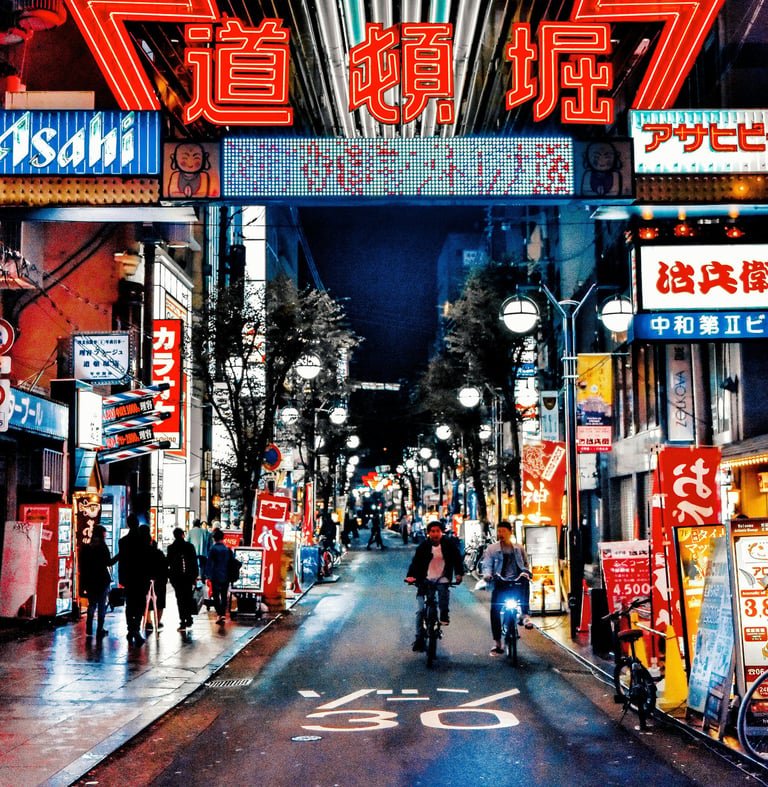

Enjoy city sightseeing all year round
Highlights of Japan
From Hokkaido to Okinawa, Japan has many attractive tourist destinations. Each region has its own unique features, including seasonal scenery and events. On this page, we will introduce you to the major regions of Japan and their highlights, from north to south. Now, let's find out where you want to go!
Hokkaido
Hokkaido, the northernmost part of Japan, is a tourist destination that combines natural beauty throughout the seasons with unique culture.
Tohoku
The Tohoku region consists of six prefectures - Aomori, Iwate, Miyagi, Akita, Yamagata, and Fukushima - and is a tourist destination that combines rich nature, historic culture, and unique traditions.
The Kanto region consists of seven prefectures - Tokyo, Kanagawa, Chiba, Saitama, Ibaraki, Tochigi, and Gunma - and is a tourist destination where urban vitality harmonizes with abundant nature and historical heritage.
Kanto
Hokuriku Shinetsu
The Hokuriku-Shinetsu region consists of five prefectures located on the Sea of Japan side - Niigata, Toyama, Ishikawa, Fukui, and Nagano - and is a region where magnificent nature and history and culture coexist in harmony.
Tokai
The Tokai region consists of four prefectures: Aichi, Shizuoka, Gifu, and Mie, and has many different faces, including the majesty of Mount Fuji, the mysticism of Ise Shrine, and the hot spring culture of Izu.
Kansai
The Kansai region consists of six prefectures - Kyoto, Osaka, Hyogo, Nara, Wakayama, and Shiga - and is a region filled with temples and castles with 1,000 years of history, abundant nature, and the spirit of 「hospitality」.
Setouchi, San'in, and Shikoku
Japan's three most representative regions - Setouchi, San'in, and Shikoku - are tourist destinations that each combine their own unique nature, culture, and art.
Kyushu
Kyushu is located in the southwestern part of the Japanese archipelago and is a diverse tourist destination consisting of seven prefectures (Fukuoka, Saga, Nagasaki, Kumamoto, Oita, Miyazaki, and Kagoshima). It combines hot springs, nature, history, and cuisine.
Okinawa
Okinawa, Japan's southernmost islands, is an international resort destination that blends unique culture and history with subtropical nature, a paradise that is often referred to as the "Hawaii of Japan.

